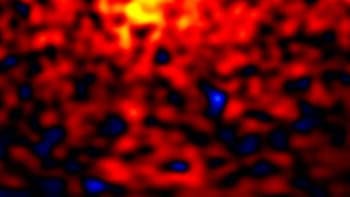This week Lunar Prospector was successfully launched towards the Moon. It is NASA’s first lunar mission in over 25 years.
Interest in the Moon was heightened with the deployment of the Defense department’s Clementine spacecraft into lunar orbit four years ago. In 1996 the Pentagon announced that water ice had been found inside craters at the southern pole. It is suspected that the ice is the remains of cometary bombardment over two billion years ago. However evidence was inconclusive. Lunar Prospector should be able to confirm or disprove the existence of water on the Moon.
The spacecraft was launched from Cape Canaveral, Florida, on an Athena II solid rocket late Tuesday night. The probe will orbit the Moon approximately 100 km above its surface.
The primary mission is expected to last one year and will generate a complete geological map of the surface using five instruments. These include: a gamma ray spectrometer for measuring the chemical composition of the lunar surface; a magnetometer for measuring the magnetic fields of the Moon, Earth, and solar wind; an alpha particle spectrometer for analyzing outgassing from the lunar interior; an electron reflectometer for measuring the Moon’s magnetic field at the lunar surface; and a neutron spectrometer to search for hydrogen. This last instrument should provide definite proof for the existence, or otherwise, of water on the suface.
Another passive experiment will measure the doppler effect – frequency changes of the spacecraft’s radio signal. This information provides data on the shape of the Moon’s gravity field. Changes in this field can indicate large mineral deposits or mass concentrations near the surface. During the extended mission, the spacecraft will drop to an altitude of 10km above the surface to improve data accuracy by a factor of 100.
Lunar Prospector is expected to go into lunar orbit shortly. Primary investigators are scheduled to start releasing data to other researchers sometime in June.



